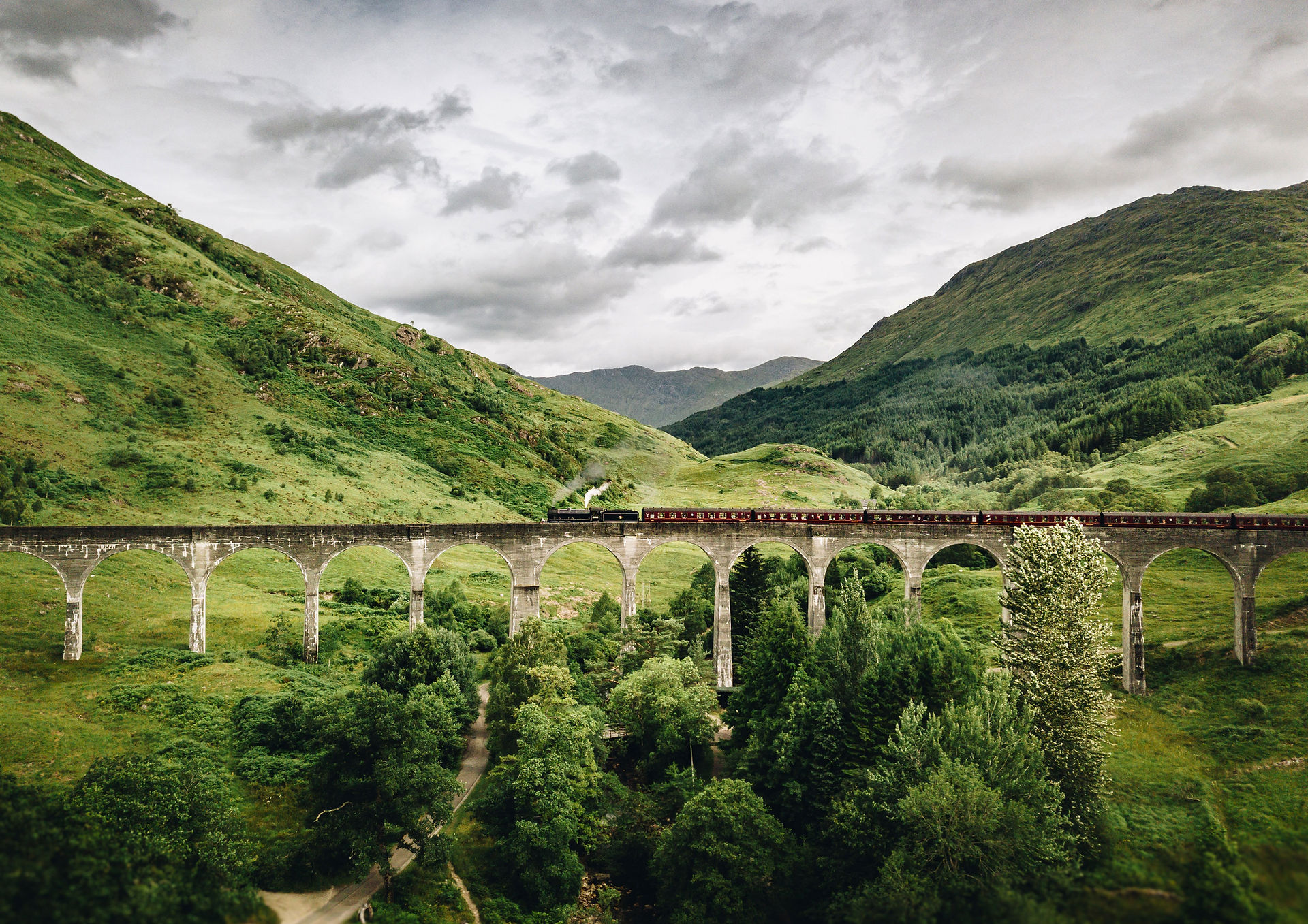

Research Competency
While I hope to work on final end product type of projects, research has opened me up to all the work needed on the front end of those projects. Work must be conducted to better materials for project construction. Processes must be refined to make real world projects efficient and effective. Starting with small high school research projects and taking off in college, professional-level labs, I now understand the importance of experimentation and am fluent in the research process.
Before the summer of 2020, my fluid mechanics professor, Tissa Illangasekare, asked me if I would be interested in helping him in his research work, as part of the Center for Experimental Study of Subsurface Environmental Processes (CESEP). I had a good relationship with Tissa up to that point and conducting research at Mines on effects of climate change as it relates to soil and water mechanics seemed amazing.
My lab partner for that summer and the next two years was a post-doctorate student from Rome, Italy. She taught me about the details of geology and how contaminants flow through the ground. We worked long hours on building up our lab space, including cleaning out a large, simulated weather wind tunnel from another lab and salvaging necessary equipment for our lab.
The showpiece of my contribution to the research was a 24' by 8' sand-filled experimentation tank. I learned to calibrate the moisture and conductivity sensors. I figured out how to manage thousands of data points on excel and analyze them for presentation, produced in a final experiment report. Our experiment paper went into depth on the complexities of this tank.













For a few weeks, I helped another of my lab partners, from Egypt, on his vertical tank contaminant. We used a yellow/green sodium fluoride tracer (starting in red power form) to visibly track the movement of gas chemical transport across tank sections. This, just like the large sand tank, simulate real world underground chemical transport, specifically sequestered carbon dioxide produced in greenhouse gas control.
On the large tank, we also worked on taking a past Mines senior design project, a detector/sensor carrying device that functioned for data collection in the old wind tunnel and converting it to meet out research needs. This was a difficult task with the differences in dimensions and needs. I made many modifications to the design and learned that in research pivoting is not only necessary but often a daily occurrence. Many things do not work as hoped and experiment design must change. I will take this lesson with me in all my work. I eventually hope to start my own project, maybe a company design and building things, and I must remember that progress takes steps back, and sometimes design must restart from the beginning.